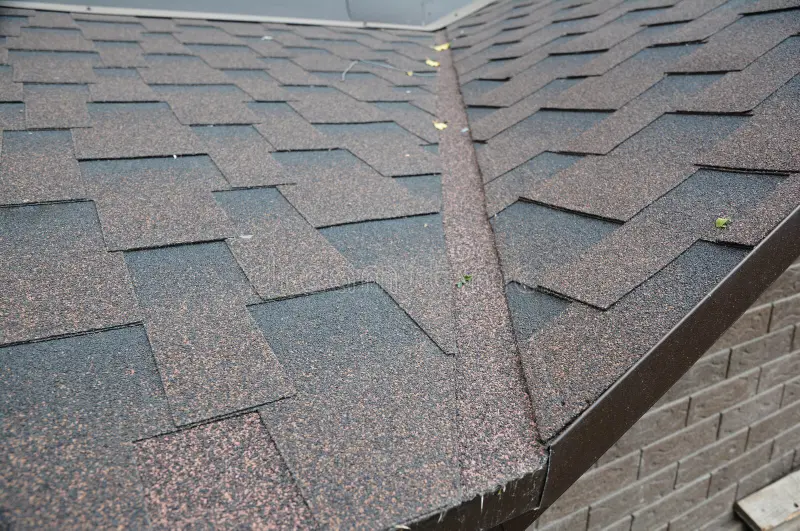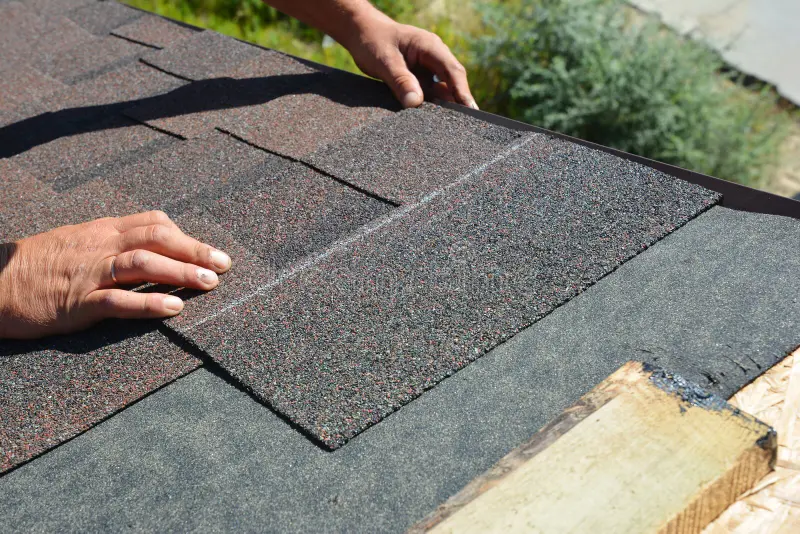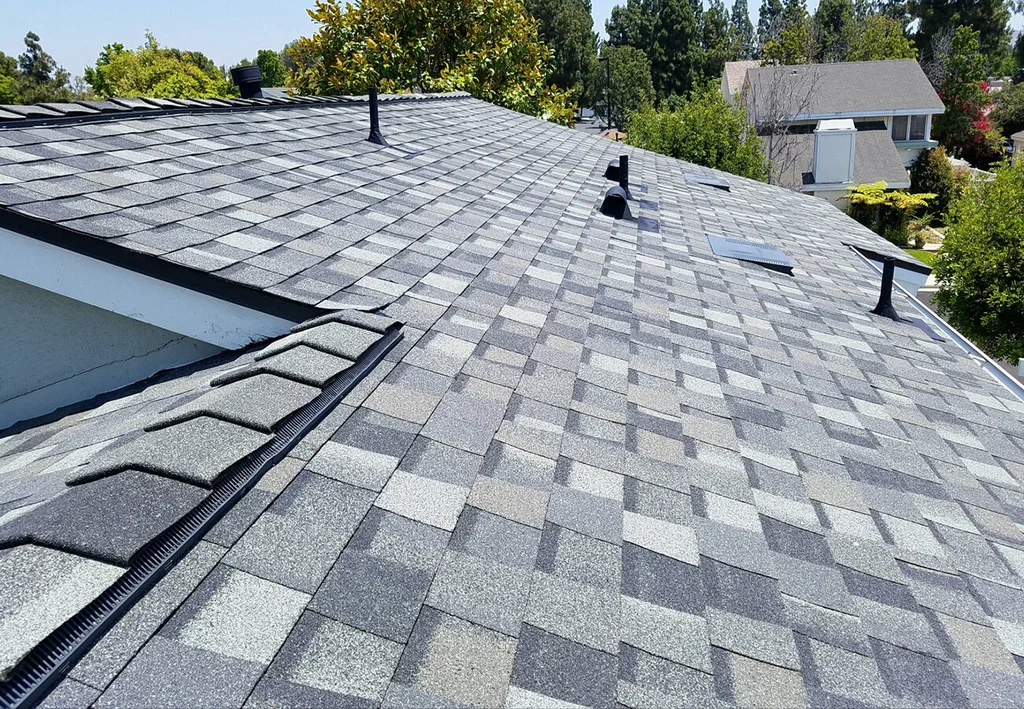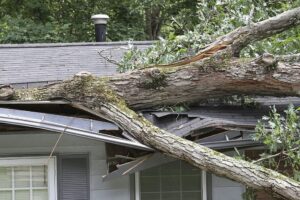When it comes to roofing maintenance, unforeseen issues such as leaks or cracked shingles can leave homeowners scrambling for solutions. Temporary waterproofing methods can provide an effective stopgap while you arrange for professional repairs. Whether you’re dealing with storm damage or age-related wear and tear, applying the right temporary waterproofing materials can protect your home from further damage.
In this guide, we’ll explore different temporary waterproofing solutions for shingles, their effectiveness, and when to call in professionals like Atlas Roofing & Restoration.

Understanding the Importance of Temporary Waterproofing
Shingles are designed to act as a protective layer for your home, shielding it from harsh weather conditions. When shingles become damaged, they lose their ability to repel water, leading to leaks, mold growth, and even structural damage. Temporary waterproofing provides:
- Protection: Prevents water infiltration while you arrange for permanent repairs.
- Cost-Savings: Reduces further damage that could increase repair expenses.
- Time: Allows you to evaluate your options without rushing into a long-term decision.
Temporary Waterproofing Solutions for Shingles
Let’s explore some effective materials and techniques you can use:
1. Roofing Tar
Roofing tar is a versatile material commonly used for temporary repairs. It adheres well to asphalt shingles, sealing small cracks and holes effectively.
- Application: Spread a thin layer of tar over the damaged area using a trowel or putty knife.
- Pros:
- Inexpensive and widely available.
- Creates a watertight seal quickly.
- Cons:
- Messy to apply.
- May require reapplication if exposed to extreme heat.
2. Roofing Tape
Roofing tape is an adhesive-backed solution ideal for quick fixes. This product is highly durable and designed to withstand weather fluctuations.
- Application: Peel off the backing and press the tape firmly over the damaged shingles.
- Pros:
- Easy to use, even for beginners.
- Provides an instant waterproof barrier.
- Cons:
- Not suitable for larger repairs.
- Adhesion may weaken over time.
3. Plastic Sheeting or Tarp
For more extensive damage, covering the roof with a tarp or heavy-duty plastic sheeting can be an effective temporary solution.
- Application: Secure the tarp over the damaged area using nails, screws, or weighted objects to hold it in place.
- Pros:
- Covers large areas efficiently.
- Provides excellent weather protection.
- Cons:
- Unsightly and temporary.
- Requires careful installation to prevent wind from lifting it.
4. Liquid Rubber Sealant
Liquid rubber products offer a seamless solution for temporary waterproofing. They come in spray or brush-on formats and can be applied directly to shingles.
- Application: Clean the area, then apply the sealant evenly using a brush, roller, or sprayer.
- Pros:
- Flexible and durable.
- UV-resistant and weatherproof.
- Cons:
- Higher cost compared to other options.
- Requires curing time.
5. Silicone Sealant
Silicone sealant is ideal for small, localized leaks. Its water-resistant and flexible properties make it a reliable option.
- Application: Use a caulking gun to apply the sealant directly to cracks or damaged areas.
- Pros:
- Easy to apply.
- Long-lasting waterproof barrier.
- Cons:
- Only suitable for minor repairs.
Steps to Temporarily Waterproof Your Roof
Step 1: Assess the Damage
- Inspect your roof to determine the extent and location of the damage.
- Look for missing shingles, cracks, or water stains inside your home.
Step 2: Choose the Right Solution
Select the waterproofing method that best fits your situation. For larger areas, consider tarps or liquid rubber sealants. For smaller cracks, roofing tape or silicone sealants are ideal.
Step 3: Prepare the Roof Surface
- Clean the damaged area to remove debris, dirt, and loose shingle fragments.
- Ensure the surface is dry to maximize the adhesion of your chosen material.
Step 4: Apply the Waterproofing Material
Follow the application instructions for the specific product you’ve chosen. Ensure complete coverage to create a watertight seal.
Step 5: Inspect and Maintain
Periodically check your temporary repair to ensure it remains effective. Reapply the material if necessary, especially after heavy rain or strong winds.
Safety Tips for DIY Roof Repairs
- Use Proper Equipment: Wear non-slip shoes and use a sturdy ladder.
- Avoid Extreme Weather: Perform repairs only during dry, calm weather conditions.
- Seek Help: Enlist assistance if you’re uncomfortable working at heights.
When to Call the Professionals
Temporary waterproofing is not a permanent solution. Over time, these fixes can deteriorate, leaving your home vulnerable to damage. Here are signs it’s time to consult experts like Atlas Roofing & Restoration:
- Persistent leaks despite repairs.
- Extensive damage across large sections of your roof.
- Visible sagging or structural issues.
- Aging roof materials nearing the end of their lifespan.
Benefits of Professional Roof Repair and Restoration
- Comprehensive Solutions: Professionals can assess the entire roof and provide permanent fixes.
- High-Quality Materials: Expert contractors use durable, weather-resistant materials.
- Cost-Effectiveness: Addressing issues promptly prevents costly damage in the future.
- Warranty Protection: Professional repairs often come with warranties for added peace of mind.
Why Choose Atlas Roofing & Restoration?
At Atlas Roofing & Restoration, we specialize in delivering high-quality roofing services tailored to your needs. Whether you’re dealing with storm damage, aging shingles, or unexpected leaks, our experienced team provides reliable and efficient solutions. Here’s what sets us apart:
- Expertise: With years of industry experience, we ensure precise, lasting repairs.
- Timely Service: We prioritize your safety and comfort, offering prompt response times.
- Comprehensive Care: From inspections to full restorations, we handle every aspect of your roofing needs.
- Customer-Centric Approach: Your satisfaction is our top priority, and we work closely with you to exceed expectations.
Don’t let roof damage compromise the safety and comfort of your home. Contact Atlas Roofing & Restoration today for professional advice and services you can trust.
Conclusion
Temporary waterproofing your roof is a crucial step in protecting your home from leaks and damage while you plan for permanent repairs. By choosing the right materials and techniques, you can effectively safeguard your property. However, for long-lasting results, professional intervention is always recommended.

Trust Atlas Roofing & Restoration to provide expert solutions that keep your home safe and secure. Reach out today for a consultation and experience the peace of mind that comes with a professionally restored roof.




